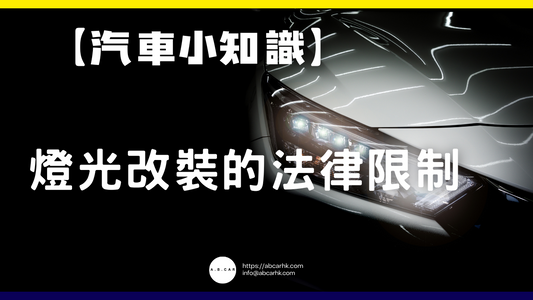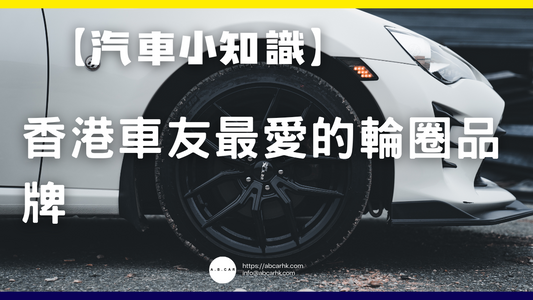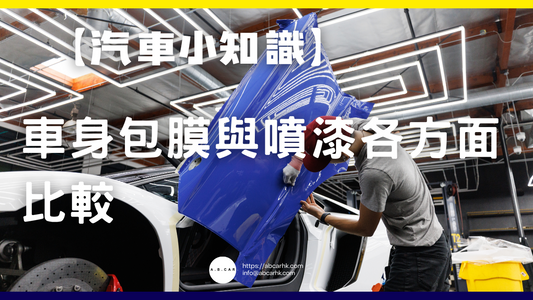【Latest 2025 Japan Large-scale Festival】Gion Festival (Kyoto Prefecture・Kyoto City)

🎋 A complete guide to one of Japan's three major festivals: the Gion Matsuri (Kyoto Prefecture, Kyoto City).
This time, I'd like to take you on a journey through Japan's most iconic traditional festival: the Gion Matsuri. When you think of Kyoto's summertime, images of ornate yamaboko ( hoko) trees, bustling parades, and crowds of people in yukata (yukata) inevitably come to mind. The sheer scale and rich history of this festival have earned it a reputation as one of Japan's "Three Great Festivals," alongside Osaka's Tenjin Matsuri and Tokyo's Kanda Matsuri. ⛩️✨
📜 The origin and history of the Gion Festival
The Gion Festival originated in 869 AD, when a plague broke out in Kyoto. To pray for peace, the people held a "gorei-kai" ceremony at Yasaka Shrine, erecting 66 hoko (spears) to appease the spirits. This marked the beginning of the Gion Festival.
Over time, the original religious ritual gradually transformed into a large-scale celebration attended by the public. During the Muromachi period, merchants and townspeople began to compete in displaying magnificent yamaboko (decorated floats), incorporating contemporary art and craftsmanship to enhance the spectacle. Today, the Gion Matsuri is more than just a religious event; it is a celebration that embodies Kyoto's culture, art, and community spirit.
I think the Gion Matsuri is more than just a "tradition," it's more like a part of Kyoto life. Years pass, but the passion for it every July remains unchanged. 🔥
⏰ Event schedule and process
🎐 Event Period
The Gion Festival is not just a one-day event, but a month-long event!
- Time : July 1st to July 31st every year
- Core Event : Yamaboko Parade (First and Last Festival)
🗓️ Main activity process
- July 1 : Jifuru (the ceremony to start the festival)
- July 10 : Mikoshi washing (carrying the mikoshi to the Kamogawa River for purification)
- July 14-16 : Nighttime Yamaboko (the busiest time of the day, with many stalls and a multitude of attractions)
- July 17 : The Yamaboko Parade (23 Yamaboko make a spectacular appearance)
- July 24 : Post-festival Yamaboko Parade (10 Yamaboko performed again)
- July 31 : Summer Festival at Epijinja Shrine (concludes the month-long festival)
🏮The charm of Yamaboko Parade
The most eye-catching part of the Gion Festival is the Yamaboko Parade.
- Yamaboko : These floats are made of wood and are luxuriously decorated. Some are as high as 25 meters and weigh up to 12 tons. They are known as "moving art museums."
- Maemasai (July 17) : The largest festival, with 23 yamaboko appearing in sequence.
- The latter festival (July 24) : smaller in scale, but with a more tranquil and elegant atmosphere.
The Yamaboko are hung with precious fabrics such as brocade, Tang embroidery, and dyed fabrics, many of which are even national treasures. As they slowly move through the center of Kyoto, it really feels like the long river of history is relived before your eyes. ⛩️🎶
The first time I saw the "Tsujikai (Corner)" scene, I was truly blown away—dozens of strong men pulled hard on the ropes, causing the massive Yamaboko to make a sharp turn around the corner. The audience held their breath, and the moment the turn was completed, they burst into applause. The atmosphere was incredibly exciting! 👏
🌙 Night in the mountains
If the Yamaboko Parade is the midday climax of the Gion Festival, then Yoyama is the romantic chapter at night.
- Dates : Pre-festival (July 14–16), Post-festival (July 21–23)
- Features : Karasuma-dori and Shinmachi-dori in the city center are closed and filled with stalls selling snacks, yukata accessories, and Gion Festival limited edition souvenirs.
- Highlights : Yamaboko lights up lanterns, creating glowing works of art. Walking through them feels like being in a dreamy corridor of light.
The editor recommends that everyone wear a yukata to participate in the night view, eat takoyaki, fried noodles, and shaved ice while walking, and feel the atmosphere of Japanese summer fireworks. It is really romantic. 🍧👘
⛩️ Yasaka Shrine and the core of faith
The centerpiece of the Gion Matsuri is Yasaka Shrine . This shrine, dedicated to the deity Susanoo, is renowned for its ability to ward off evil and ward off disasters. The essence of the festival is the procession of the deity from the shrine, through the city, and back to the shrine, symbolizing its protection of Kyoto from disaster.
I think that although modern people may come more to "watch the fun", as long as you walk into Yasaka Shrine, you can still feel the solemnity and power of faith. 🙏
🗺️ Transportation and sightseeing suggestions
- Location : Kyoto city center (Shijo-dori, Kawaramachi-dori, and Karasuma-dori areas)
- Transportation : It is recommended to take the Kyoto Municipal Subway or bus. Traffic is congested during the festival and driving is not convenient.
-
Tips for viewing :
- It is recommended to reserve a spot early on the day of the Yamaboko parade, as popular sections are often crowded.
- Xiaoshan is most crowded at night, so it is recommended to avoid peak hours.
- The weather in July is hot, so remember to bring water and sunscreen.
💡 Editor's Note
The Gion Festival is not only synonymous with summer in Kyoto, it is the epitome of Japanese culture. From the majestic Yamaboko to the bustling Yoyama, from the sacred ceremonies to the revelry of the citizens, every part of the festival showcases Kyoto's people's cherishment of tradition and their innovative approach.
I think the most fascinating thing about the Gion Festival is its "contrast": the solemnity and grandeur of the day, the romance and bustle of the night; ancient beliefs and modern entertainment, blending in the same space. 💖
If you come to Kyoto in the summer, the Gion Festival is definitely a must-see experience. Missing it is like missing the soul of Kyoto. 🌟



